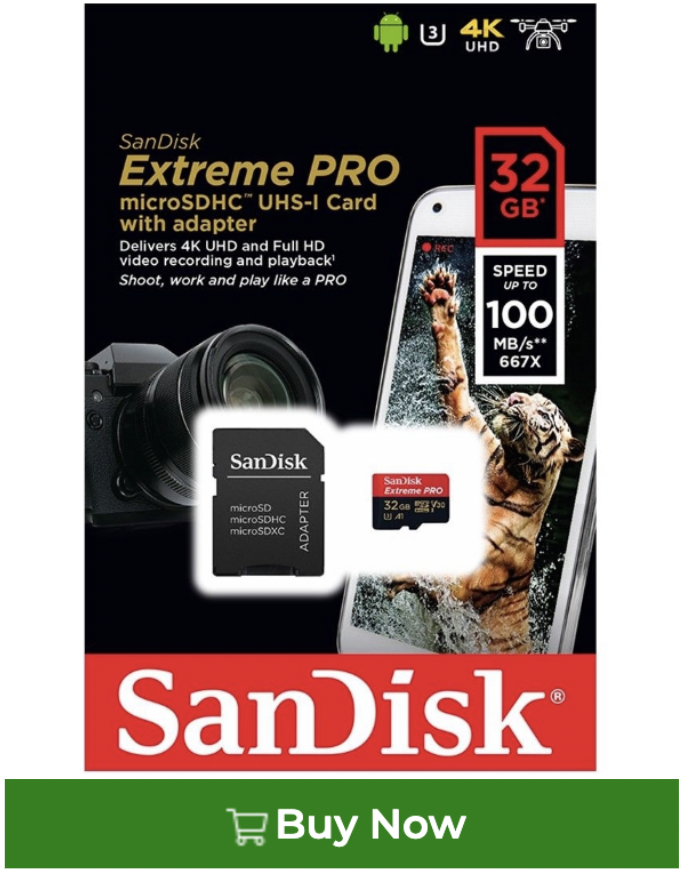From Megabytes to Terabytes, and soon enough, Petabytes? - A Legacy of Innovation
By: Linda

In the rapidly evolving world of digital technology, one constant has been the humble Secure Digital (SD) card. These tiny storage devices have come a long way since their inception, transforming from mere megabytes to mind-boggling terabytes. In this blog post, we will explore how the vision and ingenuity of Eli Harari, co-founder of SanDisk, played a pivotal role in shaping the history of SD cards.
We will delve into their evolution from modest beginnings to becoming indispensable tools in today's digital age. Furthermore, we will speculate on their promising future applications as we honor the legacy of Eli Harari, a true trailblazer in the industry.
The Early Days: Megabytes and Modest Beginnings
The story of SD cards dates back to 1999 when the SD Card Association was formed by three industry giants: Panasonic, Toshiba, and SanDisk. Eli Harari, an Israeli-American entrepreneur and co-founder of SanDisk, played an instrumental role in the development of the SD card. Driven by a vision to create a universal memory card standard that would revolutionize digital storage, Harari and his team worked tirelessly to bring their idea to life.
The first-generation SD card was introduced in August 1999, boasting a limited storage capacity of only 16 megabytes. Although this capacity might seem minuscule by today's standards, it was a revolutionary leap forward in the world of portable storage. The compact size and robust design of the SD card made it an ideal solution for digital cameras and portable audio players.
The Advancements: Gigabytes and Beyond
As technology rapidly advanced, Eli Harari and his team at SanDisk continued to push the boundaries of SD card technology. The second generation brought the introduction of SDHC (Secure Digital High Capacity) cards in 2006, which extended the storage capacity to a maximum of 32GB. This allowed users to store larger multimedia files, such as high-definition videos and music collections, on a single card.
The third generation witnessed an even more significant breakthrough with the introduction of SDXC (Secure Digital eXtended Capacity) cards in 2009. These cards, with storage capacities of up to an impressive 2 terabytes (2TB), revolutionized portable storage capabilities. Eli Harari's dedication to innovation and his commitment to creating user-friendly technology played a crucial role in making SD cards more accessible to consumers worldwide.
Indispensable in Today's Digital Age
Thanks to the relentless pursuit of innovation by Eli Harari and the SD Card Association, SD cards have become indispensable tools for photographers, videographers, content creators, and everyday consumers alike. Their versatility, high storage capacity, and compatibility across devices have contributed to their ubiquity.
Professional photographers and videographers rely on high-capacity SD cards to capture high-resolution images and 4K/8K videos without worrying about running out of space. Moreover, gamers use them to expand the storage capacity of their consoles, ensuring a seamless gaming experience. Additionally, smartphones and other portable devices use microSD cards, a smaller variant of SD cards, to provide expandable storage options.
Beyond the entertainment and creative fields, SD cards have found applications in critical industries like healthcare, where they are used in medical devices to store patient data and diagnostic information securely.
Honoring Eli Harari's Legacy: The National Medal of Technology and Innovation
Eli Harari's immense contributions to the technology industry did not go unnoticed. In 2014, he was awarded the prestigious National Medal of Technology and Innovation by President Barack Obama. This recognition acknowledged Harari's visionary leadership and his role in revolutionizing the way we store and access digital information.
The Future: From Terabytes to Revolutionary Applications
As technology continues to advance at an unprecedented pace, SD cards are likely to follow suit. The future of SD cards will undoubtedly see even greater storage capacities, potentially reaching the realm of petabytes. Imagine having the ability to carry your entire digital life in a device that fits in the palm of your hand!
(image from LifeWire)
Additionally, the rise of artificial intelligence (AI) and the Internet of Things (IoT) will open up exciting possibilities for SD card applications. Smart devices and autonomous systems will demand efficient and high-capacity storage solutions to handle massive amounts of data. SD cards, built upon the foundation laid by Eli Harari, could become crucial components in AI-powered edge devices, where data processing happens locally rather than in the cloud.
Furthermore, advancements in data encryption and security measures will enhance the trustworthiness of SD cards as a secure storage option. This will encourage their adoption in areas that require the highest level of data protection, such as financial institutions and government agencies.
Have we got some great SD products right here for you! Check out our products by clicking on the photos below:
From their modest beginnings with meagre megabytes to their current state with impressive terabyte capacities, SD cards have undoubtedly revolutionized the way we store and access digital information. The vision of Eli Harari and the collaborative efforts of companies and individuals in the industry have transformed SD cards from mere storage devices to indispensable tools in today's digital revolution.
As we peer into the future, the potential applications of SD cards appear boundless. With the likelihood of reaching petabyte capacities and their integration into revolutionary technologies, SD cards will continue to play an integral role in shaping the digital landscape of tomorrow. Whether it's capturing cherished memories, storing vital data, or powering the latest AI-driven devices, SD cards will remain the steadfast companions in our technology-driven journeys, forever honouring the legacy of



.png)




